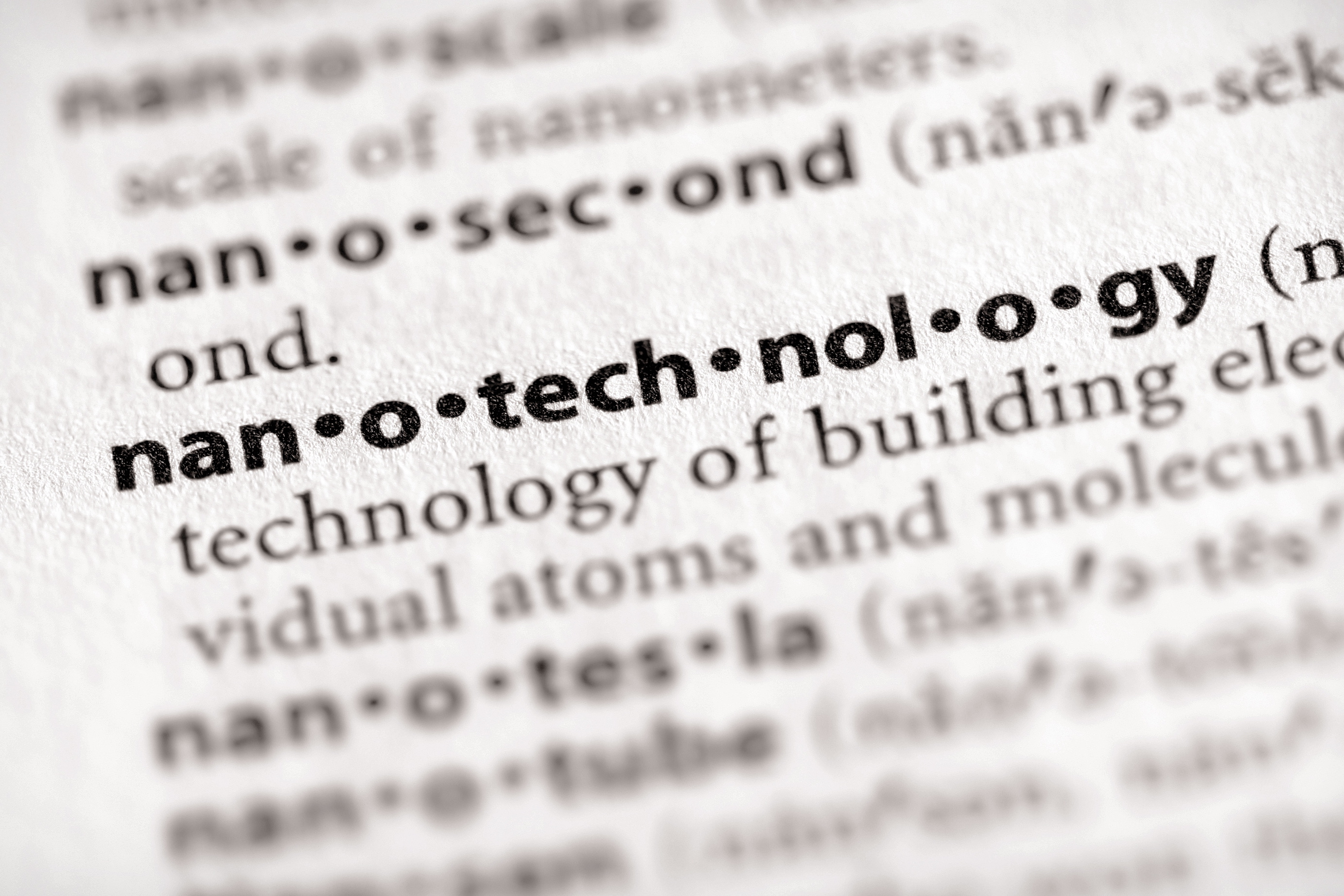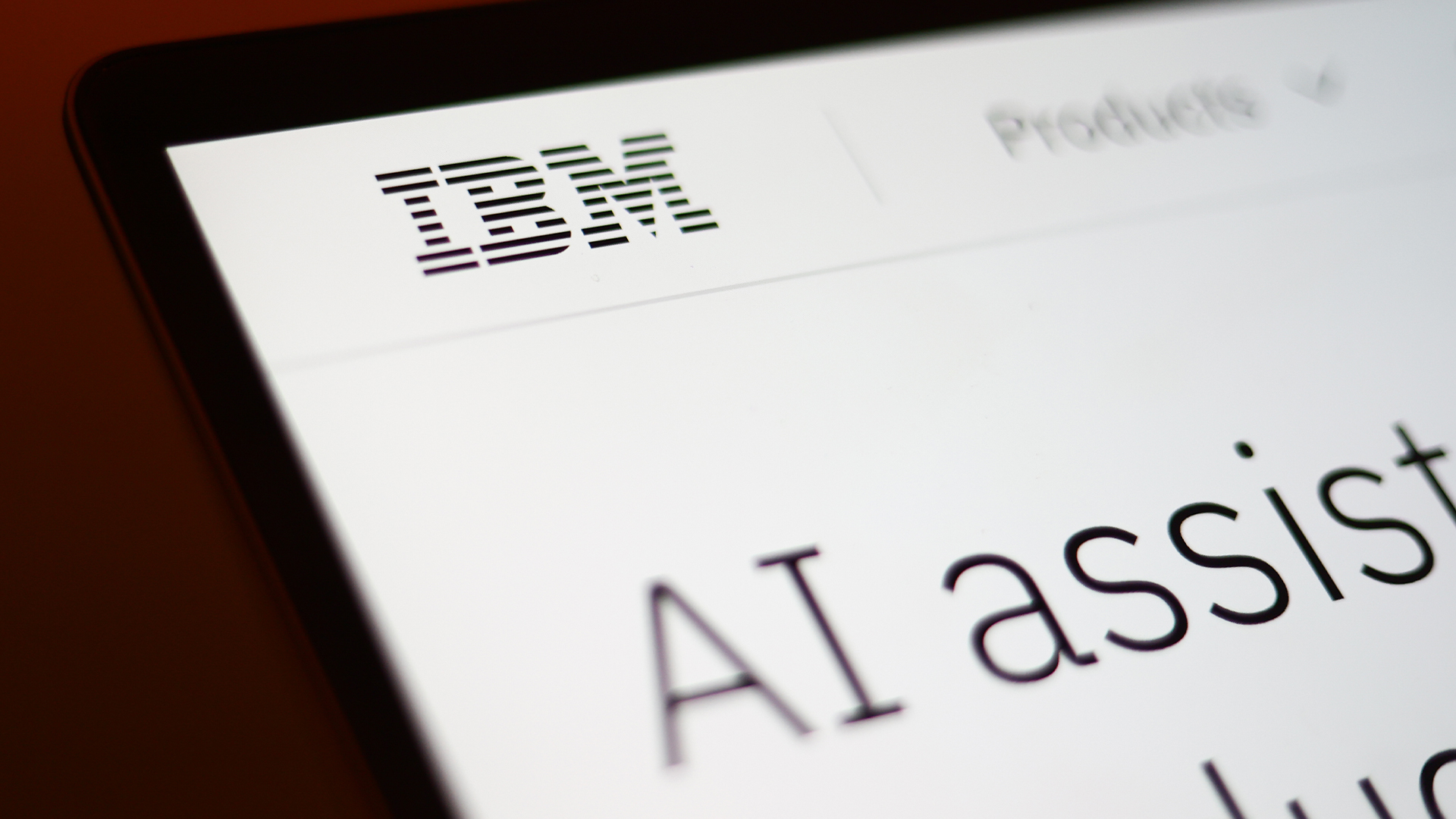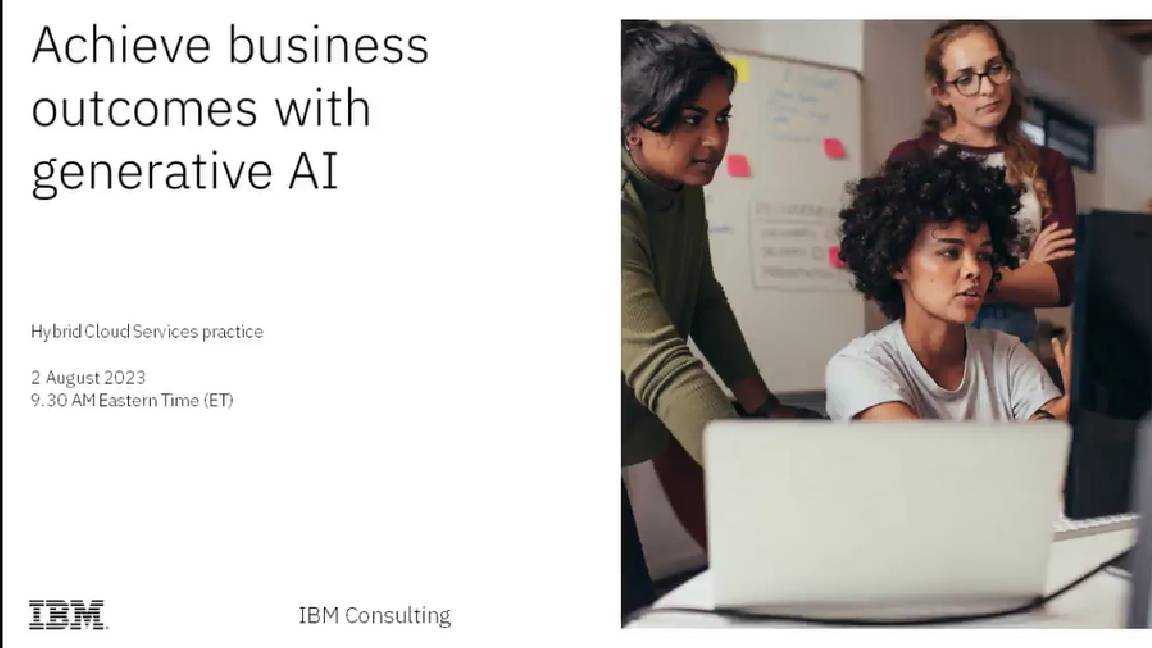Today in history: A nanotech breakthrough
On this day 20 years ago, an IBM researcher achieved a breakthrough in nanotechnology.

What do atoms have to with IT you may ask? As devices get smaller, researchers are working at an atomic and molecular level to create smaller, faster and more energy efficient processes and memory devices.
On this date in 1989, IBM Fellow Don Eigler became the first man to move and control an individual atom, and heralded a change in the course of nanotechnology research.
Mobile phones companies like Nokia for example, are experimenting with creating nanotechnology devices.
Following that breakthrough in September 1989, it was nearly a couple of months later Eigler used a custom-built microscope to spell out the letters IBM with 35 xenon atoms. He did this by using the tip of his scanning tunnelling microscope' (which won a Nobel Prize), to slide the atoms.
"Don Eigler's accomplishment remains to this day, one of the most important breakthroughs in nanoscience and technology," said TC Chen, vice president for Science and Technology at IBM Research.
"At the time, the implications of this achievement were so far-reaching they almost seemed like far-reaching they almost seemed like science fiction. But now, twenty years later, it's clear that this was a defining moment that has spawned the kind of research that will eventually bring us beyond CMOS and Moore's Law, to advance computing to handle the massive volumes of data in he world while using less energy resources."
Eigler said that his motivation for the research was primarily scientific and to demonstrate that we could control atoms like a child uses Lego blocks.
Sign up today and you will receive a free copy of our Future Focus 2025 report - the leading guidance on AI, cybersecurity and other IT challenges as per 700+ senior executives
IBM said that nanotechnology could lead to personalised healthcare treatment. The manipulation of atoms has also lead to the creation of new fabrics and products among other things.
Researchers are exploring building structures and devices out of components made from atoms or molecules, which could lead to future computer chips, storage devices, biosensors and more.
-
 Hacker offering US engineering firm data online after alleged breach
Hacker offering US engineering firm data online after alleged breachNews Data relating to Tampa Electric Company, Duke Energy Florida, and American Electric Power was allegedly stolen
-
 Threat intel could be your secret weapon in cybersecurity sales
Threat intel could be your secret weapon in cybersecurity salesIndustry Insights Threat intelligence transforms cybersecurity sales from reactive product pitching to strategic advisory.
-
 Put AI to work for IT operations
Put AI to work for IT operationswhitepaper Reduce the cost and complexity of managing hybrid applications
-
 AI in the retail industry is spreading beyond the IT department
AI in the retail industry is spreading beyond the IT departmentNews AI has become a strategic imperative for retailers, delivering marked productivity gains
-
 Maximizing contact center operations with generative AI assistants backed by responsible AI principles
Maximizing contact center operations with generative AI assistants backed by responsible AI principleswhitepaper Reduce the cost and complexity of managing hybrid applications
-
 IBM just launched powerful new open source AI models – here’s what you need to know
IBM just launched powerful new open source AI models – here’s what you need to knowNews Available under the Apache 2.0 license, IBM's Granite 3.0 models are trained on enterprise data and can out-perform the competition
-
 Achieving business outcomes with generative AI
Achieving business outcomes with generative AIWebinar Take your hybrid cloud journey to the next level with generative AI
-
 Wimbledon’s new Catch Me Up AI feature promises to keep fans up to date at the tournament – after it irons out some of the wrinkles
Wimbledon’s new Catch Me Up AI feature promises to keep fans up to date at the tournament – after it irons out some of the wrinklesNews The latest feature to come out of IBM’s partnership with Wimbledon will keep fans engaged from the early stages right through to the final with dynamic player insights
-
 AI demands new ways of data management
AI demands new ways of data managementwhitepaper The data leader’s guide for how to leverage the right databases for applications, analytics and generative AI
-
 AI governance for responsible transparent and explainable AI workflows
AI governance for responsible transparent and explainable AI workflowswhitepaper Build greater trust in your AI